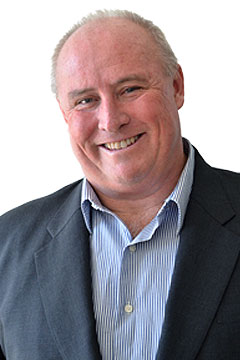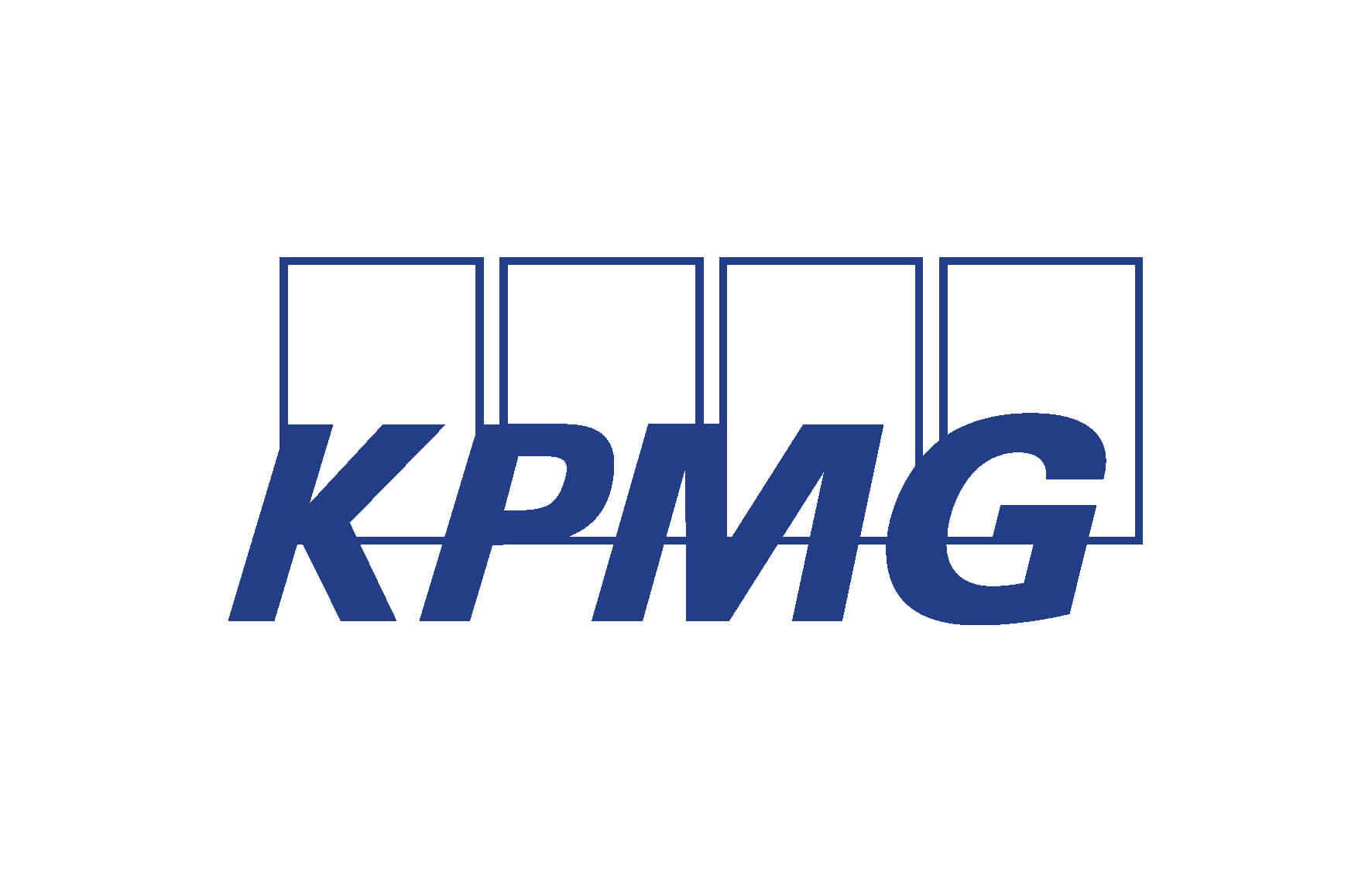
Wayne Pearson
IF YOU ask 100 people in the motor industry: What makes a best practice dealership? You are certain to get 100 different answers.
However, after 35 years of working in dealerships (and having owned my own), I have found 10 common characteristics that define what I consider to be best practice dealership management.
In my view a best practice dealership has the following attributes:
1 2 3 4 5 6 7 8 9 10 Conclusion
1. Always performs in the top 30 per cent of dealer financial performance benchmarks
The key here is to perform well in the benchmarks that matter. It is very hard to be in the top 30 per cent of everything. There are probably about 20 benchmarks in any dealership that reflect the overall business performance. But, of those, I guarantee that in some of those benchmarks you will be out of the top 30 per cent because of where you are located, your type of primary market area (PMA), and so on.
For example, if you are an inner city dealer you will never be within the benchmark for real estate costs because inner city real estate is too expensive.
So there are just some areas where the cost of operation is naturally high. Finance and insurance (F&I) for example, is affected by your customer base. There are some areas where finance penetration, and it seems to be the closer you get to the city centre, is not as strong as it is out in the western suburbs.
So in Melbourne and Sydney, for example, you will never have top-performing F&I near the inner city but out west people borrow more money so you tend to fall into the top in those categories more easily.
On the other hand, a city-based dealer tends to pick up more service work or they tend to have a top-performing service business, and one should offset the other.
2. Has lots of long-term brands
Better dealers are not prone to follow the market trends with each change of wind and do not change ships often.
Changing brands is very disruptive. It actually takes time for your people to grow an affinity with one brand. So when you are chopping and changing – selling Great Wall this week and next week selling Chery – two things tend to happen.
You immediately have a completely new customer profile and have to create a whole new customer base. Your people are not used to the new brand’s processes, systems, product knowledge and so on.
Even with a brand like Toyota; if you are a 30-year Toyota dealer you are going to perform at a greater level than a two-year Toyota dealer because your people understand the brand much better.
The shopping around tends to happen in the brands with very low market share; the one percenters or even half percenters. People tend to jump in and out of those quite a lot. Dealers are better to focus on working to maximise the returns on these brands rather than changing course just because someone else’s market share is better than the brand they have.
3. Has lots of long-term people at all levels and in all departments
The cost of staff turnover is enormous. The dealership is divided into five separate businesses – new, used, parts, service and F&I. What tends to happen is your long-serving staff are in service and parts. But in new, used and F&I the staff turn over every 12 months.
So instead of having a business with a healthy proportion of long-term staff you only have half a business with long-serving staff. What you are looking for is the same kind of tenure across all five businesses.
4. Rewards the top quartile of performing staff; not the bottom quartile
Because the car business is so competitive, most dealers tend to hire the least expensive people and not the more expensive people. So the sign of a best practice dealer is where the business remunerates the people in the top quartile in order to engage them. They are less likely to be poached from down the road which happens a lot in the car business because dealers try to pay people as little money as possible.
The top people have to earn the remuneration by commission schemes and so on through strong performance. I would rather pay fewer people more money rather than pay more people less money.
5. Optimises all departmental opportunities
This gets back to the five-businesses-in-one theory. Most dealers tend to drive two of the five well and three of the five tend to suffer. So if you want to be best practice you really have to optimise every business opportunity that you have from all five businesses.
6. Services its customer base
This is supported by a high PMA share, top 25 per cent customer service index (CSI), strong net promoter score (NPS) and high out-of-warranty service retention.
The NPS is important because if someone buys from you but gives a negative NPS then you know they did not buy from you because they liked you, they only bought from you because you were the cheapest. So your only solution as a business is price and not value and that is not a good proposition.
7. Has a long-term, focused dealer principal (DP) or general manager invested in the business
As dealer groups get bigger, there are fewer owners running the businesses. So there is an emerging major disparity between ownership and management.
Whenever you get a disparity between ownership and management in an industry, and it is happening in Australia in the car business for the first time right now, you then get a disparity in performance.
When you get a major difference between ownership and management you get business failure because the managers are only employees who have no vested interest in whether the business goes well or not.
The risk is that if you get a good DP they will get poached by someone else because they have no equity.
With equity they have no reason to leave, they give 100 per cent to the business and this translates into passion for the business, the brand, the team and the customers.
8. Leaves something in it for the customers
The pressures imposed on car dealerships mean that customers can get pushed to the limit on deals. But this is done with no eye on the future. Customers need to feel like they have made a fair deal and, if they do get a fair deal, they will return for service and repurchase and will refer the business to friends and colleagues.
The customers will follow the people who leave something in it for them.
9. Invests in people and processes not just showrooms and discounts
Dealers who invest in retaining good people and training their people wind up with a more skilled workforce. If you don’t have a highly competent group housed in the expensive showroom in which you have invested then you are not maximising your showroom investment. The fallout is having to invest in discounts to make the sales.
10. Has strong financial competency in-house
There is always a temptation to use a bookkeeper when the business needs a proper financial controller. It is here that a business can fall apart because the bookkeeper is not trained to do the analysis, the measuring and do take the actions needed to navigate the business’ true course.
There are lead and lag indicators. In the car business the main lag indicators are VFACTS, gross per unit, average unit per sales person, etc. Basically what we are doing is recording history and things that have already happened. Basically it is what we call “bayoneting the dead”.
The lead indicators are the non-financial data in the dealership which reflect what is going to happen; appointments set, internet leads received, incoming phone calls, test drives, etc. We can influence that by improving appointments and test drives so you can sell more cars. Someone with strong financial competency can drive those numbers.
Conclusion
Many dealerships have a number of these characteristics, but it takes a lifelong commitment to best practice and deliver the 10 attributes above.
I recommend you do your own self-assessment against the above. I know when I did my own in my dealership it really did change my focus and level of day-to-day involvement in the business.
Next week: How to get there.
Step one – starting each year, month and day with a clearly-defined plan
By Wayne Pearson















 Read More: Related articles
Read More: Related articles

